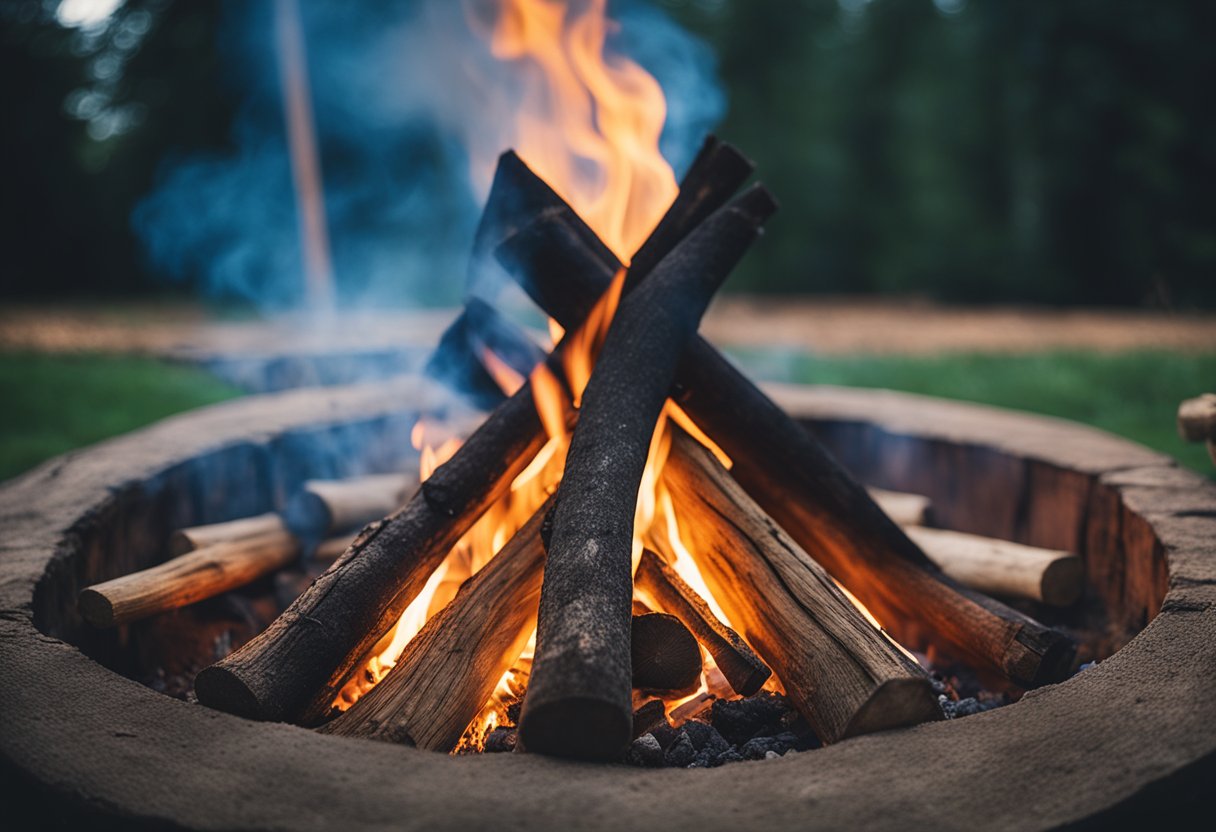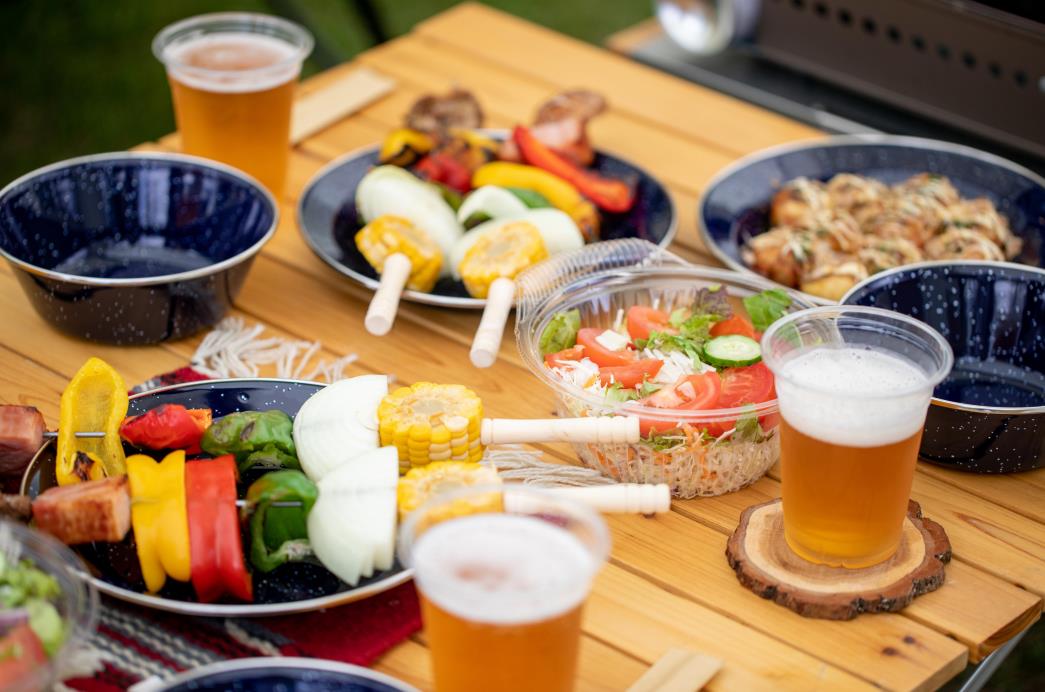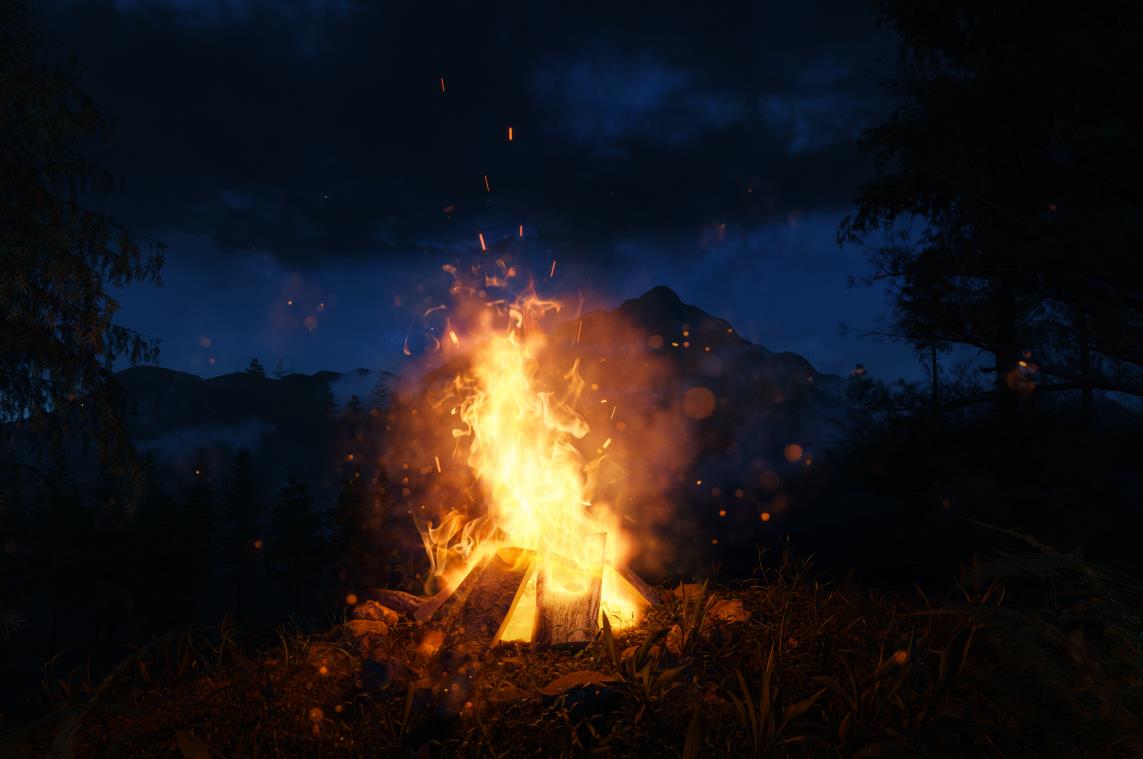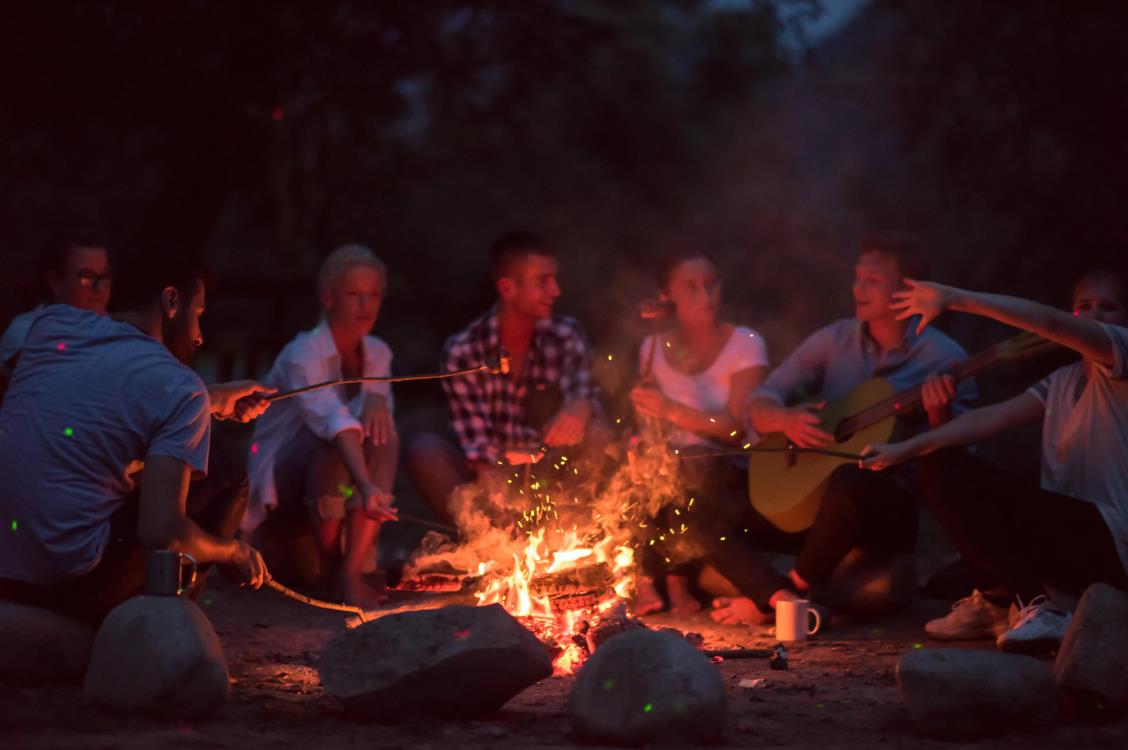Camping has emerged as a popular trend, providing individuals from diverse backgrounds with an opportunity to reconnect with nature. It serves as a way to break away from the hectic pace of everyday life and craft enduring memories. When planning your next outdoor adventure, it’s crucial to explore the various camping styles available to ensure an enjoyable experience. This article delves into some of the most popular camping methods, helping you identify the one that best suits your preferences.
From traditional tent camping to RV excursions and everything in between, the world of camping provides diverse experiences tailored to individual tastes. Whether you seek a serene wilderness retreat or a more social outing with friends and family, there’s a camping style to fit your needs. Explore these popular camping styles, each offering unique features, and determine which aligns perfectly with your upcoming outdoor journey.
While reading, bear in mind that each camping method necessitates distinct equipment, preparation, and expertise. It’s vital to acquaint yourself with the required skills and gear for your chosen style, ensuring a safe, enjoyable, and unforgettable experience in the great outdoors.
Table of contents
Different types of camping
Traditional camping
Traditional camping involves setting up a tent in a designated campground or a natural setting. This type of camping is ideal for families and those new to camping, as the environment is usually more controlled and easier to navigate. When choosing traditional camping, opt for a quality tent and familiarize yourself with the campsite amenities. Remember to leave the site clean and follow park guidelines.
Minimalist camping
Minimalist camping focuses on bringing as few items as possible, emphasizing self-reliance and simplicity. This camping method is best for those who seek connection to nature and a challenge. When considering minimalist camping, research lightweight gear and plan your meals carefully, focusing on foods that provide the most energy with the least weight.
Survivalist camping
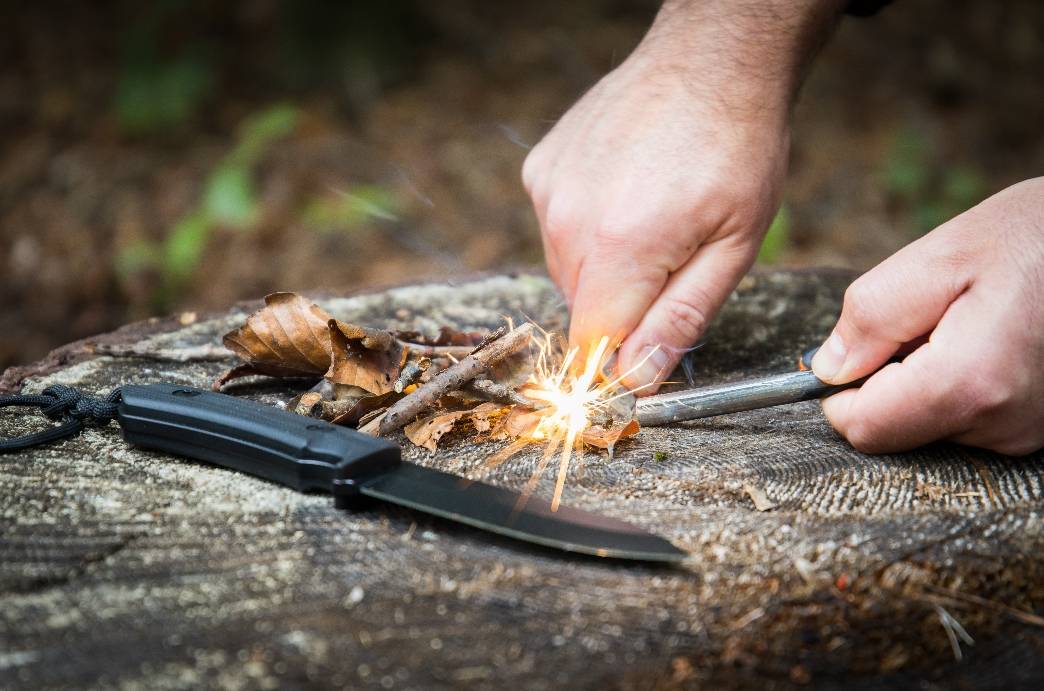
Survivalist camping involves immersing oneself in a remote, wild environment with limited gear and resources. This type of camping is designed for experienced outdoor enthusiasts who are skilled in survival techniques. If you plan to attempt survivalist camping, build your skills in navigation, food procurement, and shelter building prior to venturing out.
Glamping
Glamping, or glamorous camping, combines the comforts of home with the experience of being outdoors. Typically, accommodations range from luxurious tents to treehouses and cabins. Glamping is perfect for those who love the outdoors but desire a luxurious experience. Research glamping sites for their amenities and choose one that meets your needs.
Backpacking
Backpacking is a combination of hiking and camping, where you carry your gear in a backpack and set up camp in different locations along the trail. This type of camping is best for adventurers who enjoy exploration and physical challenges. Make sure you have the appropriate gear, prepare for a variety of weather conditions, and research your route prior to starting.
Bicycle camping
Bicycle camping involves cycling to various destinations and setting up camp along the route. This camping method is ideal for those who enjoy biking and want to combine it with their love for the outdoors. Plan your route carefully, considering campsite availability and accessibility by bike. Invest in lightweight gear, as every ounce counts when cycling long distances.
Canoe camping
Canoe camping involves paddling to various wilderness destinations and setting up camp on the shoreline. This type of camping is well-suited for those who appreciate water-based activities and seek a unique camping experience. Be aware of water conditions, obtain necessary permits, and choose your gear wisely, ensuring that it is waterproof and easy to transport in a canoe.
RV/Van camping
RV and van camping allows you to travel in comfort and have a home away from home while exploring the great outdoors. This camping method is perfect for road trippers and those who prefer creature comforts during their outdoor experiences. Research RV-friendly campgrounds, ensure your vehicle is well-maintained, and carefully plan your route to include interesting stops and attractions.
Best Camp Cooking Knives
True cutting power in the palm of your hand
Types of camping based on location
Mountain Camping
Mountain camping offers a unique experience for those seeking adventure and solitude. When you choose this camping method, you’ll be surrounded by breathtaking views and crisp mountain air. This type of camping is ideal for experienced campers, hikers, and those who enjoy challenging outdoor activities.
Tips for mountain camping
- Make sure to acclimate to the altitude before embarking on any strenuous hikes.
- Check weather forecasts and be prepared for sudden temperature changes.
- Ensure that your gear is appropriate for the terrain and conditions.
Beach camping
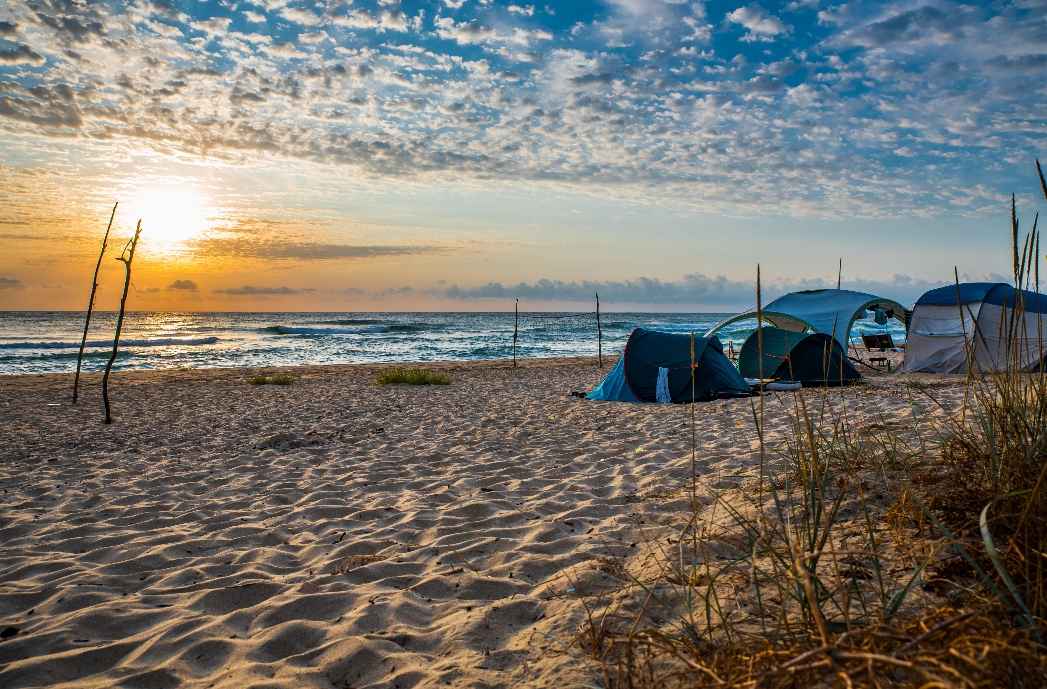
Beach camping allows you to enjoy the sun, sand, and surf right outside your tent. This type of camping is popular among families and those seeking a relaxed outdoor experience. It offers a range of activities, from swimming and sunbathing to beach sports and bonfires.
Tips for beach camping:
- Choose a campsite situated above the high tide line to avoid potential flooding.
- Bring shade shelters and sun protection for daytime comfort.
- Remember to properly store and dispose of food to avoid attracting wildlife.
Forest camping
When you opt for forest camping, you’ll be surrounded by towering trees and the soothing sounds of nature. This type of camping offers a diverse range of environments, from dense jungles to tranquil alpine meadows. It is ideal for those seeking a peaceful retreat and a chance to connect with nature.
Tips for forest camping:
- Familiarize yourself with local flora and fauna to avoid potential hazards.
- Take measures to prevent bear encounters, such as using bear-resistant containers.
- Practice “Leave No Trace” principles to minimize your impact on the environment.
Desert camping
Desert camping provides a unique opportunity to witness stunning landscapes and experience the stillness of a vast, open space. This challenging environment is best suited for experienced campers and those seeking a truly remote experience. Be prepared for extreme temperature fluctuations, from blistering daytime heat to chilly nights.
Tips for desert camping:
- Carry ample water to stay hydrated in the arid climate.
- Protect yourself from sun exposure with wide-brimmed hats, sunglasses, and sunscreen.
- Be aware of potentially harmful desert wildlife, such as snakes and scorpions.
Designing a camping trip
When planning your camping trip, consider various types of camping methods. To create a memorable experience, start by researching your options. Look into the range of camping styles available, including traditional tent camping, car camping, RV camping, and backcountry camping.
In designing your camping adventure, it is essential to prioritize external validity. Ensure your choices suit the specific preferences and needs of the individuals participating. For example, if your companions are elderly or physically limited, car or RV camping might be more appropriate than a hike-intensive backcountry experience.
Incorporate qualitative research into your planning process as you gather data and select the best location and type of camping for your group. Reach out to experienced campers through online forums and social media platforms to gain insight into people’s experiences. Consider whether you can apply their feedback to make informed decisions about your trip.
When selecting your campground or campsite, employ multistage sampling techniques by gathering data from various sources like online reviews, park websites, and personal recommendations. Assess the criteria for the perfect camping experience, such as access to running water, electricity, privacy, and proximity to activities your group enjoys. Take your findings into account when selecting your final destination.
Remember, thorough preparation is key to designing a successful camping trip that caters to the preferences and needs of all participants. By conducting research, ensuring external validity, using qualitative research gathering methods, and intelligently sampling information, you can create an unforgettable experience that leaves everyone eager for the next excursion.
Choose a camping method that is your style
Choosing the right camping style for you and your group is the first step of having a good camping experience. Embrace a well-rounded understanding of the diverse camping methods available before setting off on your next adventure. Equipped with this knowledge, you’ll be better prepared to make the most of your outdoor experiences and enjoy the beauty and serenity nature has to offer.
Learn everything about camping in our blog! Our professional camping survivalists (and cooks!) are more than glad to help you enhance your camping experience.







